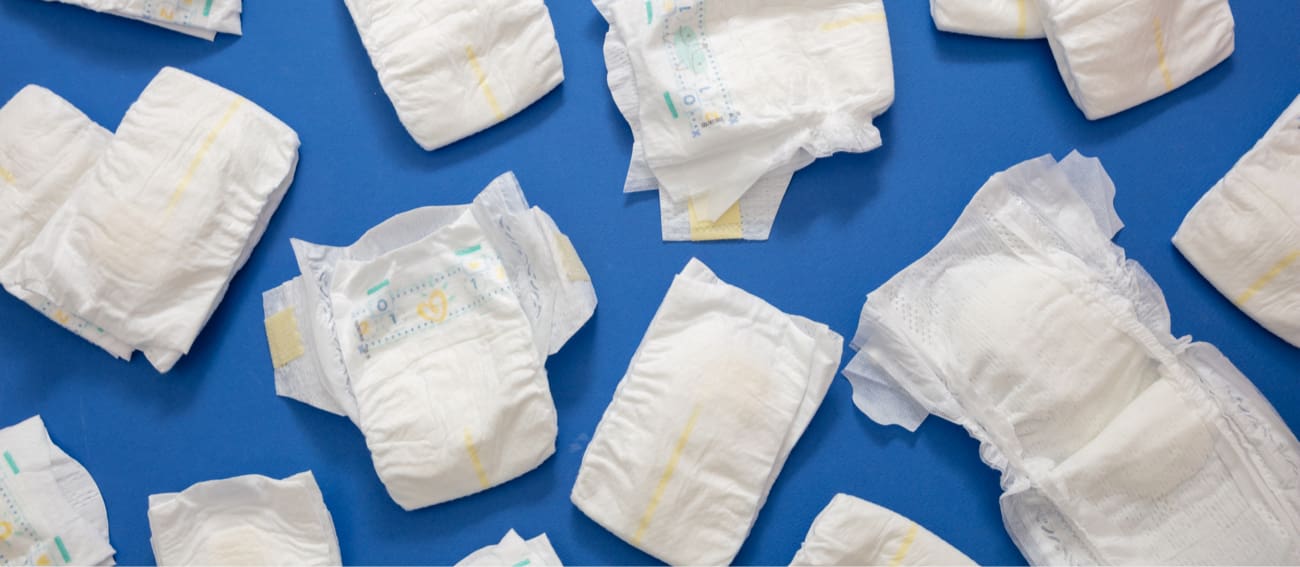Superabsorción
Objetivo: Observar las propiedades absorbentes de los pañales

-
Material de laboratorio
Recipiente de plástico
Tijeras
-
Reactivos
Pañal
Cloruro sódico (NaCl)
Agua
-
Preguntas
¿Qué sustancia es este polvo?
Menciona otros posibles usos de esta sustancia.
¿Cuál es la causa del fenómeno que se observa al añadir cloruro sódico?
Procedimiento
- Abre el pañal con ayuda de unas tijeras y extrae con cuidado la sustancia en polvo que contiene.
- Pon un poco de este polvo en un cristalizador, añade agua destilada y observa lo que ocurre.
- Por último, añade cloruro sódico (o sal de mesa), agita el cristalizador y observa de nuevo lo que ocurre.

Creemos un futuro más brillante
Únete a nuestro equipo para trabajar con investigadores de renombre, emprender proyectos innovadores y contribuir a avances científicos significativos.
Únete a nosotros!













